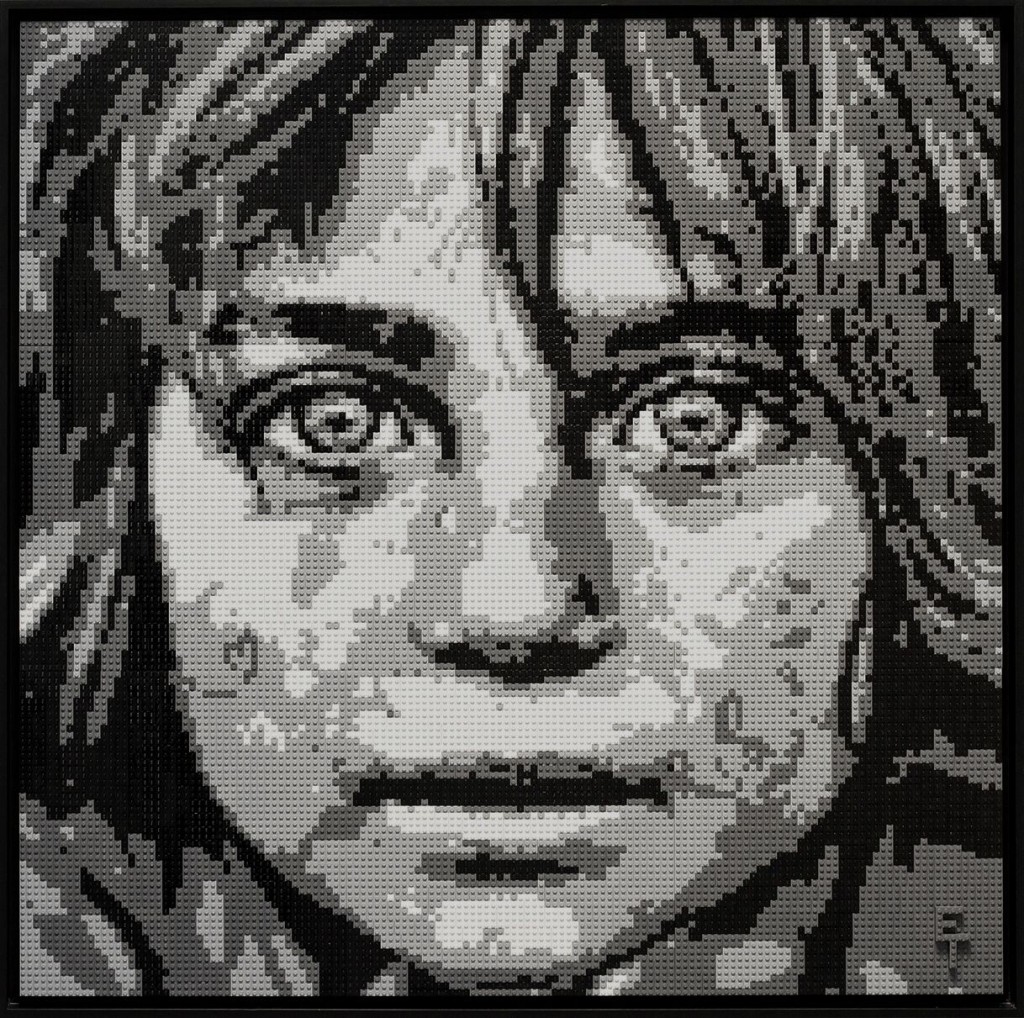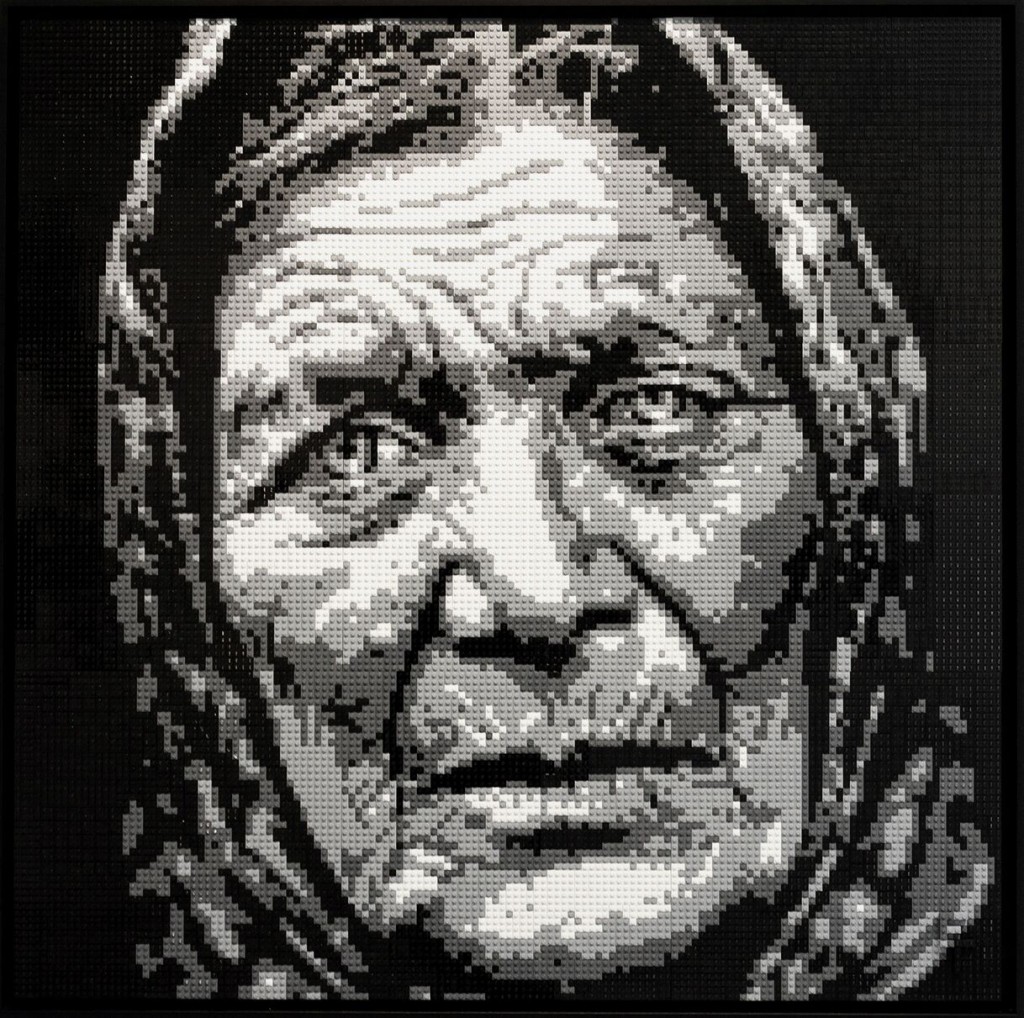Eric Thaller describes himself as “inspired by the human experience. The brilliant, the profound, the sad, the unimaginable. There is so much to learn. And to share. I like to share and re-share through my work. I think this is the essence of art.”
And the essence of Thaller’s complex, asethetically thrilling work is experiential. According to the artist “I don’t want people to view my work. I want them to experience my work. I endeavor to create imagery that is compelling on its own, but this is not enough. I will have failed if the viewer simply glances at the visual composition and walks on. I want the viewer to engage in the piece.”
He describes messages in his work as sometimes explicit, other times hidden to reveal the context behind them and the human experience they contain. He asks viewers not to judge the work merely from a distance, but to get close to it. When one does, Thaller’s work grabs the viewer, and surprisingly won’t let go visually or emotionally, as is surely intended.
He notes “There is always some other dimension to the work that I hope will draw in the viewer. This secondary element could be the process itself, an embedded message, or a visual surprise when up close. My last series, Rebirth of the Pixel, incorporates all three.”
His process of creation is entirely unique, beginning with the message or information he wants to convey.
“Once I’ve figured this out, then I plan the execution of the works. In Rebirth of the Pixel, each of the images required a translation into the 4 colors of the palette. This allowed me to visualize where the individual pixels – Legos in this case – needed to be placed one at time.”
The monochromatic palette in no way diminishes the deep visceral imact of the work, the detail and precision of which is mind-blowing.
Thaller asserts “For the full series I individually placed hundreds of thousands of Lego pieces. It took me 2 years.”
He chose his current palette so that the work would “permeate with a sense of history and time. From far away, I’m aiming for a very detailed image. Up close I want people to see the pixels and appreciate the process.”
In his Rebirth of the Pixel series, he relates that the 4 pixels range from black at the weakest intensity of the spectrum to white at the strongest – with just two pixels in between. He describes the chosen palette as selected in order to “emulate the effects of black and white photography.” Using Legos as a construct injects a sense of fun and accessability to images that are filled with gravitas.
The overall sensation when viewing is that of entering into a black and white photo, a realm more dimensional than could be conveyed in conventional photographic art. The palette, though limited, vibrates, as if the image could plunge from the work and into real life. The viewer experiences a kind of futuristic noir from this series: there’s a poignant history to each image, and the sense of seeing it from an almost sci-fi perspective.
Thaller says that his work has undergone a lot of changes over the years. “Mostly around the medium though. I’ve experimented with a lot of different techniques. But I would say my focus around creating experience hasn’t changed at all. And I don’t think it will.”
Upcoming for the Los Angeles-based Thaller is a series of pieces contemplating the impacts of social media on younger generations, family, and culture in general.
“I truly believe in technology as a positive force, but also think it is important to be cognizant of the negative externalities that result from overuse and dependence,” he explains. “The irony in these pieces is that I force the viewer to use technology itself to access the explicit message I want to convey. ”
- Genie Davis; photos provided by the artist









